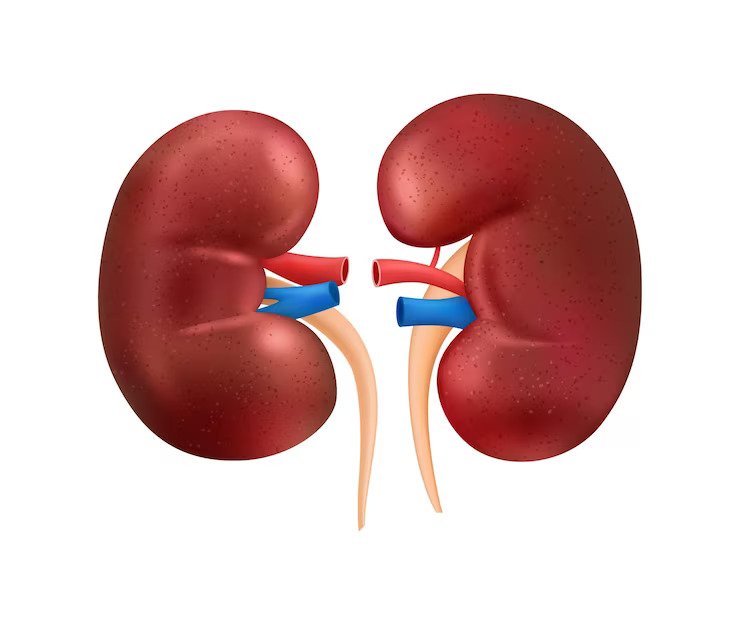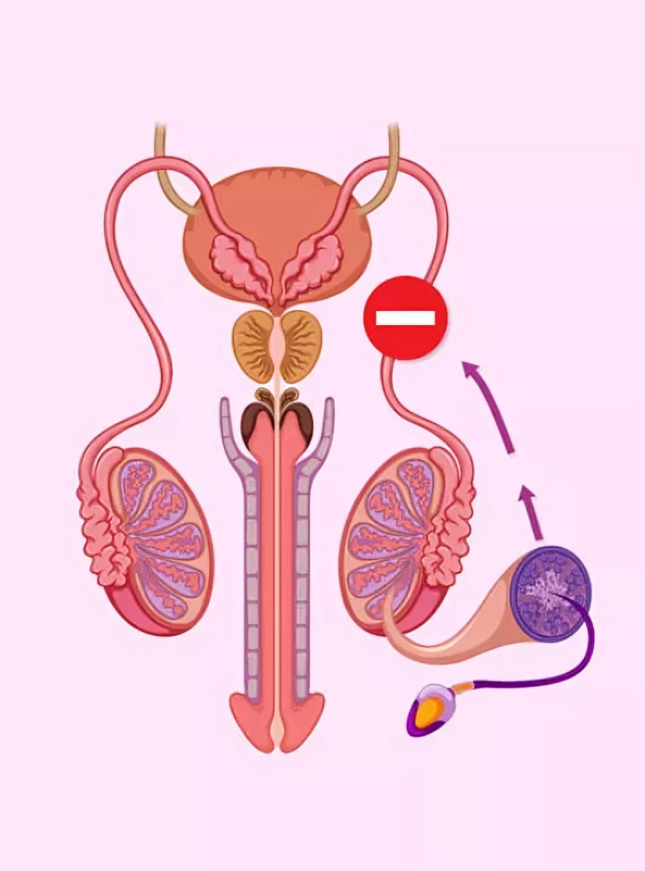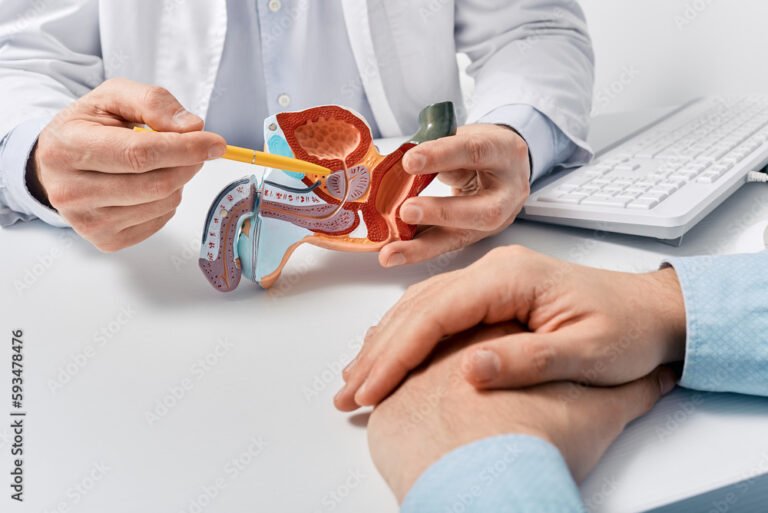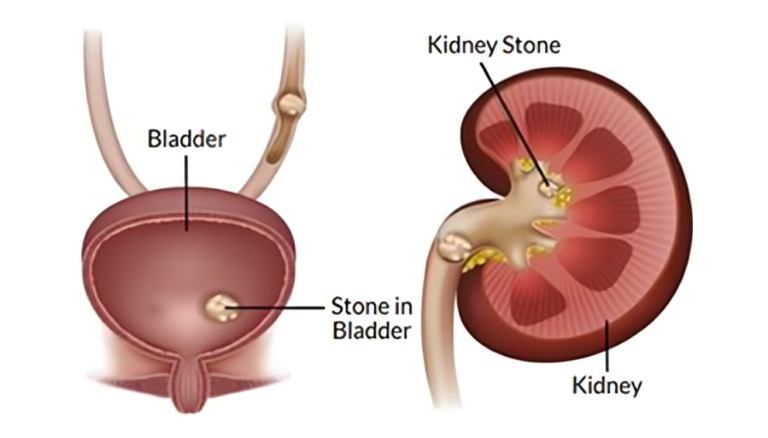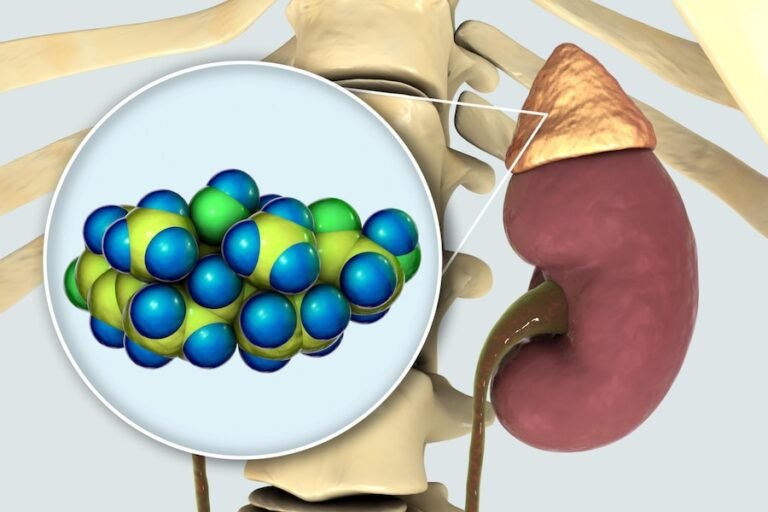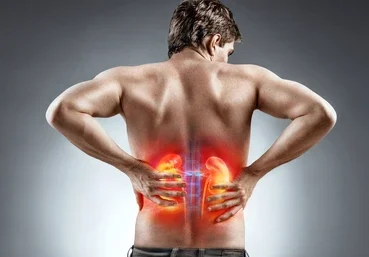Bladder Stones In Children: Special Considerations And Management
Bladder stones, though commonly associated with adults, can also affect children, posing unique challenges in diagnosis and management. These crystalline deposits form in the bladder when urine becomes concentrated, leading to the precipitation of minerals. While bladder stones in children are relatively rare compared to adults, their impact on the child’s health and well-being can be significant. Understanding the special considerations and effective management strategies is crucial for pediatric healthcare providers and parents alike.
To Know more about It please Click Here
Causes and Risk Factors:
Several factors contribute to the development of bladder stones in children. These include:
- Dehydration: Insufficient fluid intake can lead to concentrated urine, facilitating the formation of stones.
- Urinary Tract Infections (UTIs): Chronic UTIs or underlying conditions that predispose children to frequent infections can increase the risk of bladder stone formation.
- Anatomical Abnormalities: Structural abnormalities in the urinary tract, such as vesicoureteral reflux (VUR) or neurogenic bladder, may contribute to the development of stones.
- Metabolic Disorders: Certain metabolic conditions, such as cystinuria or hypercalciuria, can promote the formation of bladder stones in children.
Symptoms:
Recognizing the symptoms of bladder stones in children is crucial for prompt diagnosis and treatment. Common signs and symptoms may include:
- Frequent Urinary Tract Infections: Recurrent UTIs may indicate the presence of bladder stones.
- Painful Urination: Children may experience pain or discomfort while urinating.
- Blood in Urine: Hematuria, or blood in the urine, can be a sign of bladder stones.
- Urinary Urgency and Frequency: Children may feel the urge to urinate frequently, even with small amounts of urine.
- Abdominal or Pelvic Pain: Pain in the lower abdomen or pelvis is a common symptom of bladder stones.
Diagnosis
Diagnosing bladder stones in children often involves a combination of clinical evaluation and diagnostic tests. These may include:
- Physical Examination: A healthcare provider may perform a physical examination to assess symptoms and evaluate the child’s urinary system.
- Urinalysis: Analysis of a urine sample can detect the presence of blood, crystals, or other abnormalities indicative of bladder stones.
- Imaging Studies: Imaging tests such as ultrasound, X-ray, or computed tomography (CT) scans can provide detailed images of the urinary tract, aiding in the detection of bladder stones.
- Cystoscopy: In some cases, a cystoscopy may be performed to directly visualize the inside of the bladder and confirm the presence of stones.
Management
The management of bladder stones in children aims to relieve symptoms, eliminate stones, and prevent recurrence. Treatment options may include:
- Hydration: Encouraging adequate fluid intake helps dilute urine and prevent the formation of stones.
- Medication: Depending on the underlying cause, medications may be prescribed to manage conditions such as UTIs or metabolic disorders.
- Extracorporeal Shock Wave Lithotripsy (ESWL): This non-invasive procedure uses shock waves to break up bladder stones into smaller fragments, which can then be passed naturally through urine.
- Surgical Removal: In cases where stones are large or cannot be fragmented with ESWL, surgical removal may be necessary. Procedures such as cystolitholapaxy or open surgery may be performed by pediatric urologists.
- Preventive Measures: Educating children and parents about dietary modifications, proper hygiene practices, and the importance of regular follow-up care can help prevent the recurrence of bladder stones.
Conclusion
Bladder stones in children present unique challenges in diagnosis and management. Early recognition of symptoms, thorough evaluation, and appropriate treatment are essential for ensuring optimal outcomes and preventing complications. By addressing underlying risk factors and implementing preventive measures, healthcare providers and parents can effectively manage bladder stones in children and promote their overall health and well-being.
Also, Follow us on Instagram

